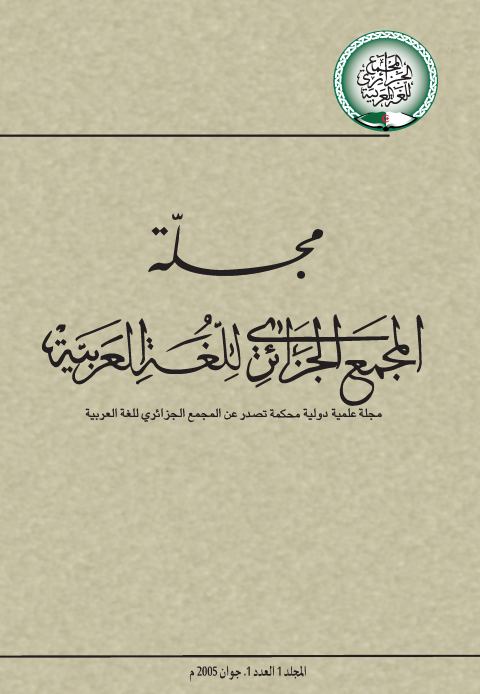الاحتجاج اللغوي
DOI:
https://doi.org/10.70443/jaaal.v1i1.266الكلمات المفتاحية:
الاحتجاج اللغوي ، التمثيل ، الاستشهاد ، العرب القدامىالملخص
نجد بعض اللغويين والنّحاة يوظّفون ثلاثة مصطلحات بدلالة واحدة تقريبا وهي : التمثيل/ والاحتجاج، والاستشهاد، وفي الحقيقة هناك فوارق دقيقة، كما أنّ هناك تداخلاً بينهما: - التمثيل : يطلق على النصّ المصنوع، أو غير الموثّق ، بأن ساقه نحوي عن من لا يحتجّ بكلامه، غير ملزم، وهدفه الإيضاح والبيان، ويطلق على ما ليس من كلام العرب القدامى. – الاحتجاج: إثبات شيء بدليل نقلي يعود إلى من يصحّ الاحتجاج به لتوثيق مسألة من المسائل، أو ما يؤتى به من الكلام الفصيح ليشهد بصحّة العبارة دلالياً أو نحوياً، ومدى موافقتها أو مخالفتها للعرف اللغوي. – الاستشهاد : جاء بعد وضع القواعد، وهو الإتيان بكلمة أوعبارة مروية أو ببيت شعري مروي عن العرب الذين يحتجّ بهم لإثبات قاعدة، أو صحّة استخدام ذلك المروي، كالاستشهاد ببيت شاعر من شعراء عصر الاحتجاج صحّة فساد عبارة ما
التنزيلات
التنزيلات
منشور
إصدار
القسم
الرخصة
الحقوق الفكرية (c) 2005 المؤلفون

هذا العمل مرخص بموجب Creative Commons Attribution-NonCommercial 4.0 International License.













 مجلة المجمع الجزائري للغة العربية تصدر عن
مجلة المجمع الجزائري للغة العربية تصدر عن